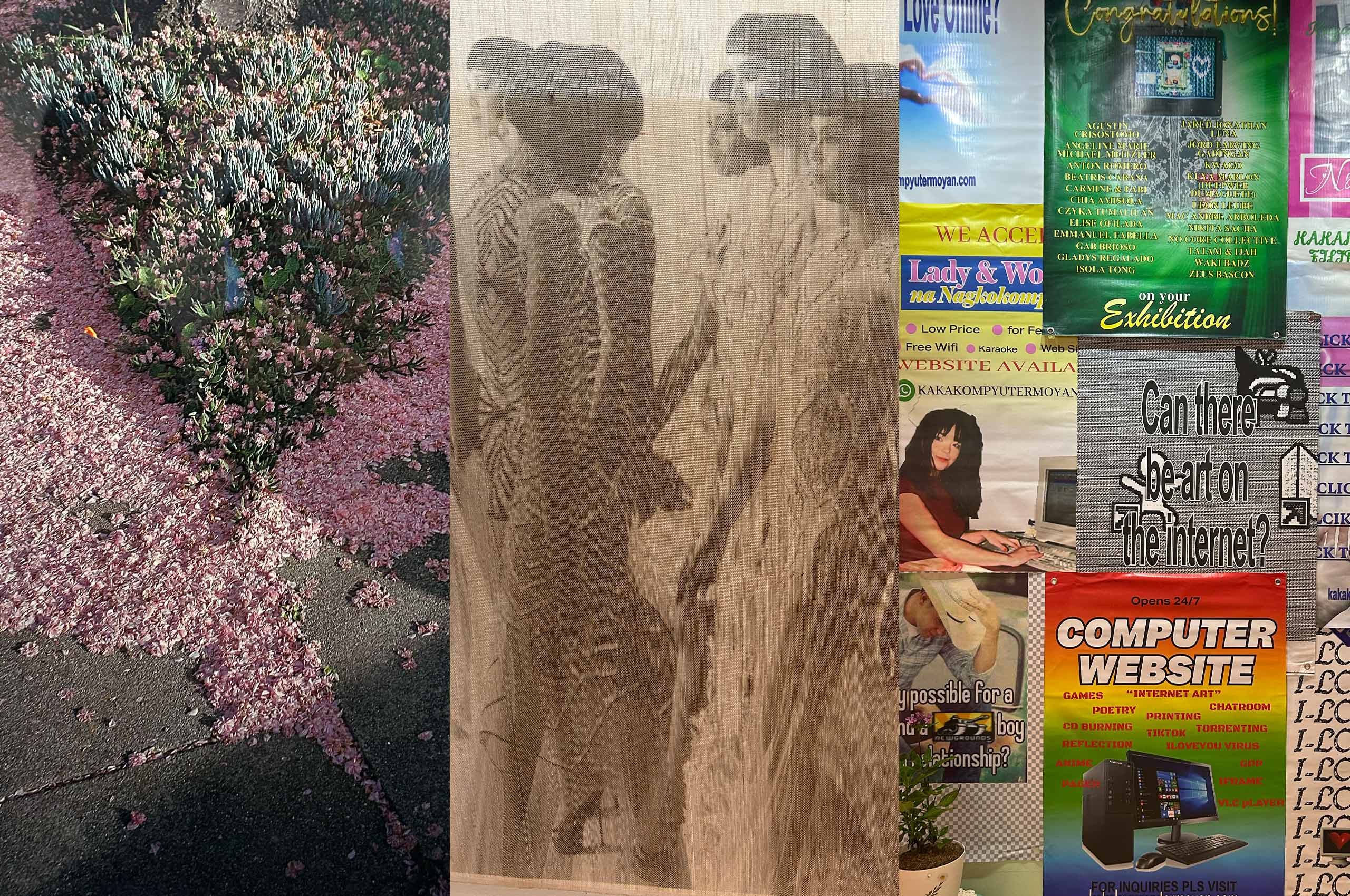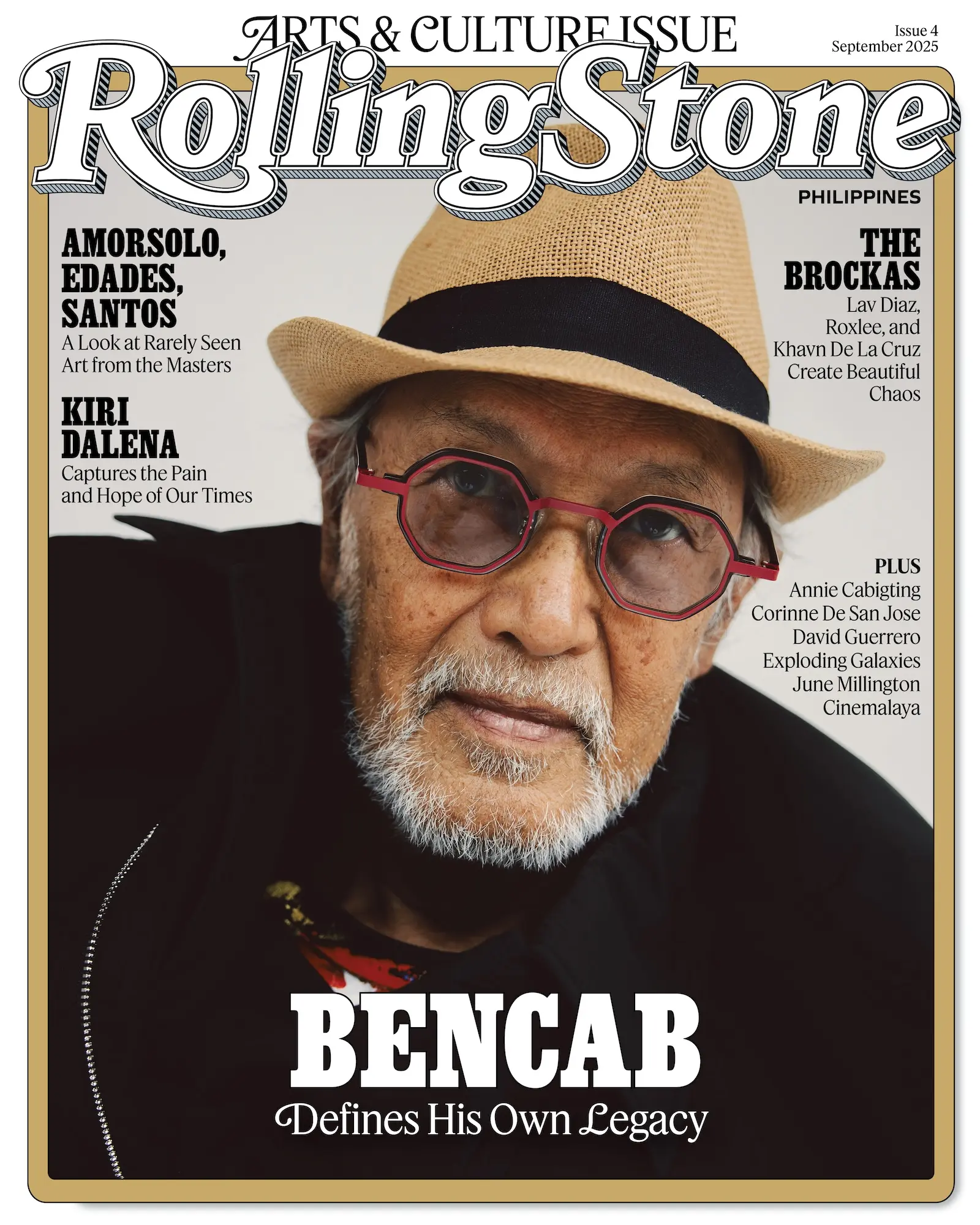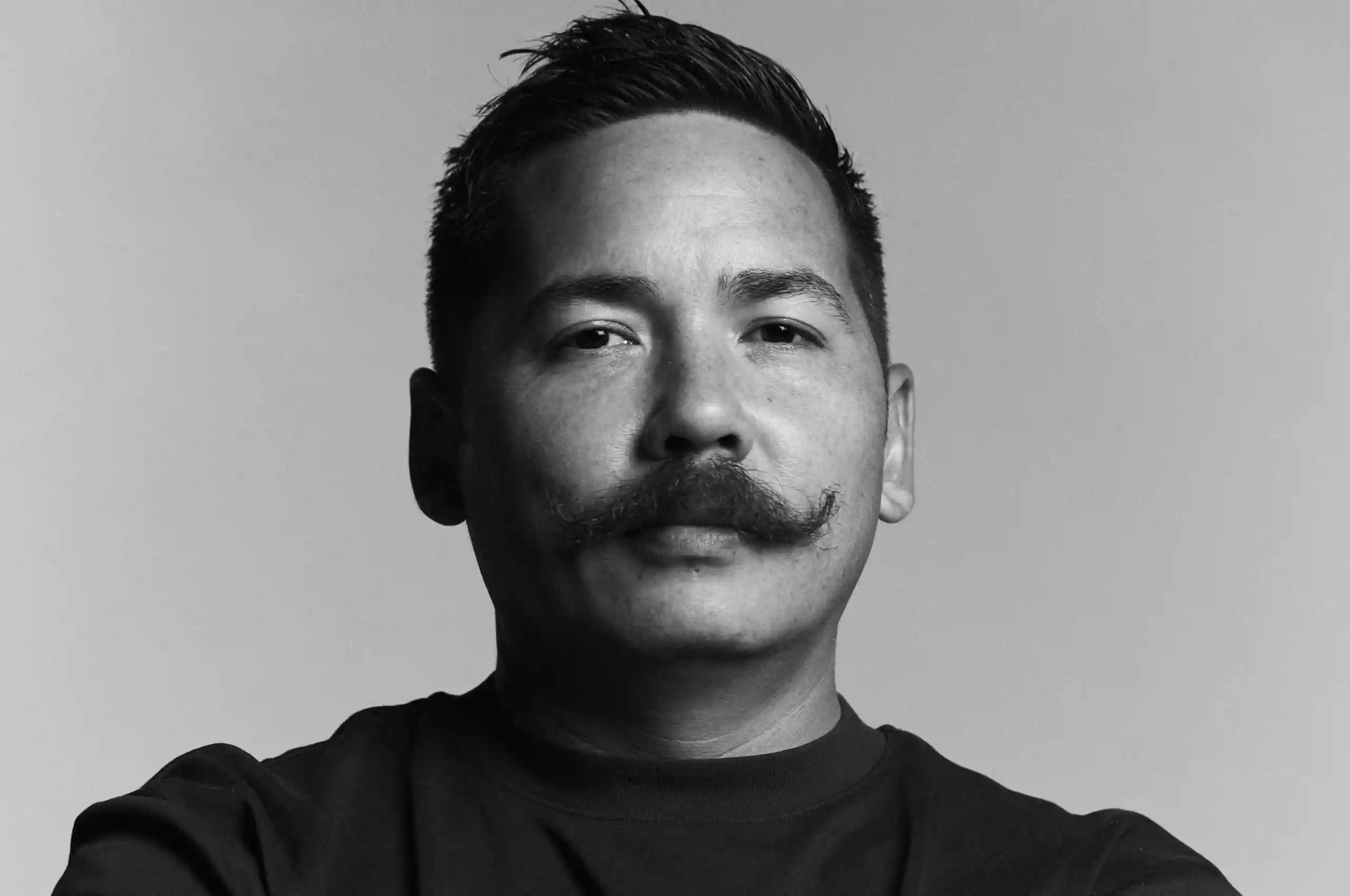Describing this year’s fair lineup as an artistic “microcosm,” Art Fair Philippines co-founder Lisa Ongpin-Periquet highlights how this year will be different from past editions as the fair continues to push boundaries on what defines art.
“We’re always elevating what audiences see as art, as good art,” says co-founder Trickie Lopa. “This year, we have an artist working with scents, we have sound installations, we have a traveling exhibit on ‘90s Filipino internet art. We have always included art that’s been seen as more nontraditional, and it’s created an impact on the audience.”
Lopa is referring to exhibitions that are part of one of the fair’s major highlights, ArtFairPH/Projects. This section of the fair features artworks from established Filipino artists, including Manuel Ocampo’s tongue-in-cheek exploration of religion Ideological Mash-Up/Remix, Goldie Poblador’s ethereal glassblowing exhibition on ecology The Rise of Medusa, and anonymous urban artist SpY Studio’s Barrier Tape 2, which involves pounds of barrier tape strung atop a tree in the Ayala Triangle Gardens.
“We always want to steer away from paintings,” adds Lopa. “Our goals go two ways: it’s not just widening the audience, but also widening the offerings of art.”
Every art devotee in the country has heard of Art Fair Philippines. What began in 2013 as a community initiative has since grown to become a cornerstone of the national creative scene, as well as a key player in the international art circuit. The upcoming edition, running from February 21 to 23, maintains its global reach with international exhibitors alongside prominent Philippine art galleries and institutions.
“In 2013, we only started with one floor!” says Lopa when looking back on the fair’s modest beginnings at The Link carpark in Makati. “From there, we gradually increased. Now we get an average of 50 galleries to join us and around 25,000 to 30,000 visitors every year. I think our peak was in 2017 when we saw 40,000 visitors, and that was not very pleasant.”
The trio of Lopa, Ongpin-Periquet, and co-founder Dindin Araneta have cultivated Art Fair Philippines to become a staple of both the national and global art world. “In the beginning, we were thinking mainly of our local audience and how to appreciate our art,” says Ongpin-Periquet. “Now, we offer as much as we can of the country’s artistic landscape to our audience. We’ve grown to become a Southeast Asian post for art.”
A Younger Crowd
While Art Fair Philippines is often seen as a meeting place for art collectors and galleries to facilitate sales, all three co-founders emphasize how the fair has become a community space for younger art enthusiasts.
“Many young people grew up going to Art Fair,” says Araneta. “In fact, when we were setting up the [Gardens] for SpY Studio yesterday, there was a couple who came up to us and told us they’d been coming to Art Fair every year since 2013. They’re 29 now. So that’s what, 11 years?”
“[Art Fair] isn’t intimidating,” adds Araneta. “We get about 30 percent students and young people coming to the fair every year. So you can see it in our visitor numbers: we’re not just focused on people who can buy.”
We’re not just focused on people who can buy.
“We have greatly developed a younger crowd,” says Lopa. “I think that’s what’s so special about Art Fair. It has a different energy compared to, let’s say, international art fairs, which tend to be focused more on collectors than most fairs are. But with Art Fair, people see it as an event — they like the energy. It has never been seen as super conventional, even in terms of venue.”
Staying Ahead
When asked how they continue to push the boundaries of Art Fair Philippines after twelve editions, the three founders stay focused on their mission to establish the Philippines as a vibrant artistic hub. “We only reflect what we see,” says Ongpin-Periquet. “We make a point to try and bring international conversations into a Filipino context in a way that would be interesting to our audience.”
“It’s just about arming yourself with knowledge,” shares Lopa. “I think that’s one of the things that we can claim credit for — that Art Fair has really made visual arts go beyond the fair.”
The founders are excited about the fair’s new location at the Ayala Triangle Gardens, which will offer fresh opportunities to expand the fair’s scope and reach. “We’ll find out if it works!” Lopa laughs. “We’re going to be very organized. Obviously, we’ve been planning for the same place for years, and then now, all of a sudden we have this change — but everyone’s worked very hard. We’re going to be very attentive, and we’ll just have to roll with it.”





